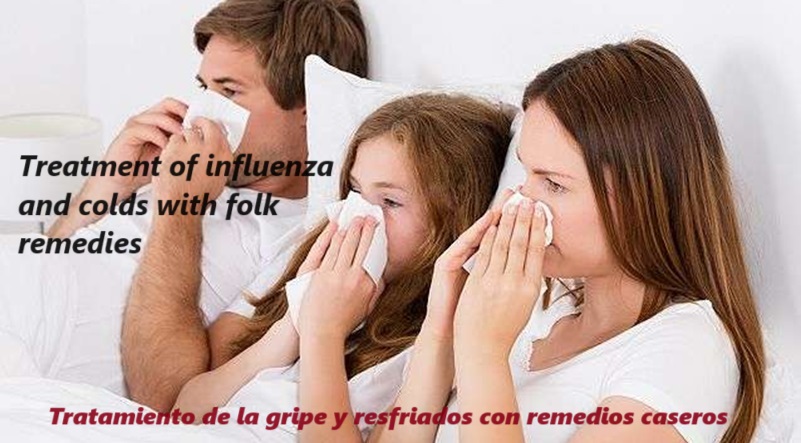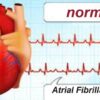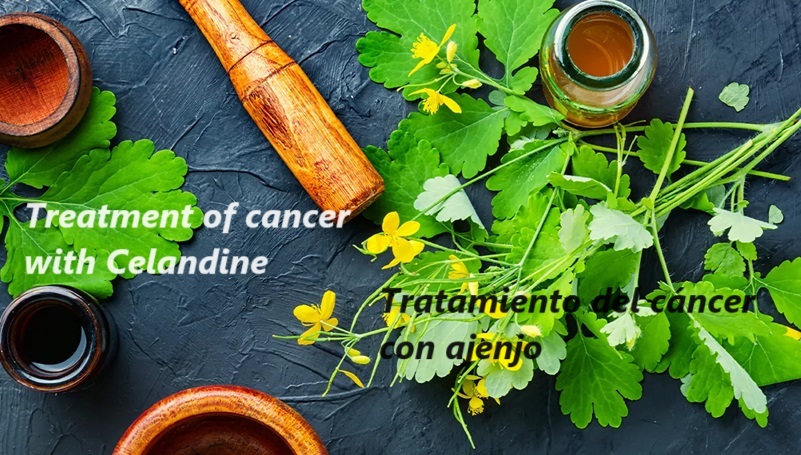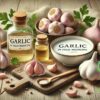What is a cold
Nasal congestion, discharge, sneezing, occasional fever, headache, and cough — these are all symptoms of what we call a “cold.” Can you cope with this condition using home remedies, how can you recover from a cold quickly, and how can you prevent it in the future? You’ll find the answers in our article.
A “cold” is a common name for a group of relatively mild illnesses of the upper respiratory tract (nose, nasopharynx, and throat). We associate them with getting chilled because the risk rises in the cold season. However, cooling is only a trigger that weakens local immunity and allows disease to develop. The main culprits of the clinical syndrome are viruses and pathogenic bacteria.
There are over 200 viruses that can cause a cold. Rhinoviruses — more than a hundred types — are the primary family responsible for colds in adults. The term “rhinovirus” literally means “virus of the nasal cavities” (from the Greek “rhino” — nose).
The medical name depends on the cause:
-
ARVI (acute respiratory viral infection) — when a viral infection is the cause.
-
ARD (acute respiratory disease) — when a bacterial infection is found or the pathogen is not identified.
There is also herpesvirus infection, which causes cold sores on the lips, but its symptoms do not match the classic signs of a common cold.
Colds may also be triggered by a combination of viruses and bacteria, when a viral illness promotes the growth of conditionally pathogenic bacteria that normally live in small numbers on the mucous membranes.
Why are colds more common in the cold season? Researchers offer this explanation: due to vasospasm from cold and impaired blood flow, the blood cells that capture and destroy microorganisms fail to reach the mucous membrane — where conditionally pathogenic microbes are always present and where viruses first enter. As a result, pathogenic microflora multiplies actively, leading to illness. Because immune cells are lacking right where pathogens accumulate, bacterial or viral infection develops. In addition, winter weakens us: less sun and fewer vitamins, and people spend more time indoors, sharing viruses and bacteria.
Cold symptoms
Early signs include red eyes, sore throat, sneezing, and runny nose. Later, headache, nasal blockage, chills, fever, muscle aches, and general malaise may appear and last two to seven days. Sometimes there is an acute, intermittent, benign cough that usually resolves within 10–14 days.
Symptoms typically appear about two days after infection and include:
-
tickling and pain in the throat, hoarseness;
-
nasal congestion, sneezing, runny nose, watery eyes.
Later, you may also have:
-
fever, chills;
-
loss of appetite;
-
headache;
-
enlarged lymph nodes;
-
cough;
-
body weakness;
-
aching muscles and joints;
-
insomnia or, conversely, sleepiness;
-
signs of mild digestive upset.
You don’t have to have all symptoms at once. Illness due to bacterial infection usually develops more slowly and may occur with a temperature around 37 °C. A coating can appear on the mucous membranes, whose color/consistency depends on the bacterial agent. Nasal discharge becomes thick; cough may produce viscous sputum.
Inflammation caused by bacteria may manifest outside the airways as well. Traveling through the bloodstream, bacteria can affect the heart, joints, kidneys, and other organs, sometimes with subtle local symptoms.
How to speed up recovery
Despite the joke that “if you treat a runny nose it lasts 7 days, and if you don’t — a week,” you shouldn’t neglect a cold: it can lead to sinusitis (inflamed sinuses) or pneumonia (inflamed lungs).
The best way to beat ARVI is a combined approach: antiviral and symptomatic therapy to reduce intoxication, decrease swelling of the oral and nasal mucosa, relieve cough, and lower high fever. In ARD, anti-inflammatory therapy is prescribed, including antibiotics when indicated.
Drink plenty of fluids. Even a mild cold means your body is dealing with toxins produced during the fight against viruses and bacteria. Fluids help flush them out. Aim for at least 2 liters per day: warm water, tea with lemon and honey, decoctions of linden blossom, chamomile, elderberry, thyme, oregano. Berry fruit drinks and rosehip decoctions provide vitamin C, bioflavonoids, and other antioxidants. Avoid acidic drinks if your throat is sore (they can irritate inflamed mucosa), as well as coffee and sugary sodas.
Eat appropriately. Appetite often decreases — that’s a normal protective response. Your body diverts energy to fight infection rather than digest heavy meals. With ARVI/ARD, less is more. You can safely skip a few meals. Avoid fatty, complex, hard-to-digest dishes. Favor porridges, fruits, greens, vegetables; cut back on sweets and refined flour. Chicken broth replenishes zinc, supports immunity, and can help you recover faster.
Sleep enough. “If you catch a cold — go to bed.” Quality sleep and rest are crucial. During sleep, growth hormone is produced (needed for protein synthesis and muscle function) and recovery accelerates. Before bed, air out the room, remove noise/light stimuli, and put away your phone and computer.
Gargle. Simple and effective for infectious–inflammatory throat issues: it boosts local mucosal immunity and helps prevent the infection from spreading deeper. A basic rinse is warm water with sea salt. Pharmacy options include chlorhexidine, alcohol tinctures of medicinal herbs, hydrogen peroxide, and furacilin (nitrofurazone) solutions. Start gargling at the first throat/nasopharyngeal discomfort to reduce swelling, pain, and inflammation.
Rinse the nose with saline. Early saline rinses can neutralize infection or at least reduce severity. The solution removes mucus along with viruses, bacteria, allergens, and dust; it reduces swelling and inflammation and tones capillaries. Use a small rubber bulb syringe or a dedicated bottle: 1 tsp sea salt per glass of warm water. Lean over the sink, hold your breath, gently pour into one nostril so it flows out the other, then switch sides. Let the solution drain freely, then gently blow your nose. Ready-made seawater sprays/drops are a convenient alternative.
Use a humidifier. Dry air favors viruses and pathogens; they live longer and multiply faster. A healthy nasal mucosa is moist and secretes protective mucus. Overly dry air cracks the mucosa and weakens its barrier function. Heating season air is typically dry; a humidifier helps. Even one hour of humidification in a classroom has been estimated to reduce airborne viruses by about 30%.
Steam inhalations. Helpful for cough, runny nose, congestion, and nasal dryness. Use purpose-built devices: steam inhalers, compressor or ultrasonic nebulizers. Doctors advise against the “pot of hot water” method due to burn risk and poor temperature control. Steam inhalations with essential oils (eucalyptus, tea tree, juniper, clove), propolis solution, or herbal decoctions may ease nasal blockage. Products from the “Golden Star” (“Zvezdochka”) line are sometimes used (balms, nasal drops, inhaler sticks).
Antipyretic tablets. Don’t rush to lower fever below 38 °C if you tolerate it: fever is a protective response that helps kill pathogens. But temperatures above 38.5 °C strain the heart and can cause seizures, circulatory failure, confusion, or even cerebral edema. For high fever, you can take nonsteroidal anti-inflammatory drugs such as paracetamol (acetaminophen) or aspirin (note: follow dosing guidance and contraindications).
What doesn’t work?
Let’s review popular cold “remedies” with unproven efficacy — or potential harm.
Iodine grid on back/chest. Iodine has a mild warming effect, but applying it to the skin increases iodine absorption; excess iodine can lead to thyroid problems (hyperthyroidism).
Antibiotics. Useless against viruses. Self-medicating with antibiotics is dangerous: side effects range from allergies to dysbiosis and kidney toxicity. Bacteria may also be resistant, making treatment ineffective and harmful. Only a doctor should choose an antibiotic and duration based on pathogen sensitivity.
Vodka with pepper. Ineffective and frankly dangerous. Alcohol is a toxin; during viral/bacterial intoxication it adds liver strain and weakens immune defenses, worsening the course of illness.
Prevention — how to avoid colds in the future?
Follow these rules to reduce the risk of respiratory and viral infections:
-
Don’t get chilled; dress for the weather — cold is a trigger.
-
Keep your feet dry. Cold, wet feet can reflexively trigger nasal mucosal inflammation.
-
Wash hands with soap more often. Analyses of 67 randomized controlled trials show this simple hygiene step protects effectively. Alcohol-based hand rubs help when soap/water aren’t available, but don’t overuse them — frequent external antibacterials can weaken skin defenses.
-
Avoid close contact with sick people. During seasonal surges, skip crowded events; if needed, wear a mask and keep at least 1 meter from people who sneeze.
-
Don’t touch eyes, nose, mouth with unwashed hands. Cover your mouth and nose with disposable tissues when coughing/sneezing and discard them immediately; if unavailable, cough/sneeze into a bent elbow — never into your palms.
-
Ventilate rooms regularly to lower the concentration of infectious aerosols. In the cold season, air out 3–4 times a day for 15–20 minutes. Clean, humid air supports a healthy nasal mucosa.
-
Live healthily. A balanced, vitamin-rich diet, physical activity, no bad habits, and quality sleep strengthen immunity — key to preventing colds, easing their course, and speeding recovery.
-
Use cash less often. According to WHO, viruses can persist on banknotes for up to 4 days.
-
If someone at home is sick, isolate them, increase hygiene, and provide separate dishes, etc.
When to see a doctor
A mild cold doesn’t require a mandatory visit — and queues at clinics may expose you to more infections. Seek medical care if the infection is aggressive, if a dangerous bacterial process joins a viral one, or if serious illnesses might be masquerading as a cold. Timely, appropriate treatment reduces complications.
See a doctor if:
-
severe runny nose and congestion persist 10+ days after onset;
-
high fever (≥39 °C) accompanies a runny nose and persists 3–4 days without improvement;
-
cough lasts over 10 days;
-
you have high fever and shortness of breath;
-
chest pain occurs when coughing;
-
there is coughing up blood;
-
you are immunocompromised or undergoing chemotherapy.
Prolonged disease with a purulent process in the sinuses may require an otolaryngologist; a stubborn cough may require a pulmonologist.







